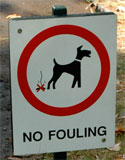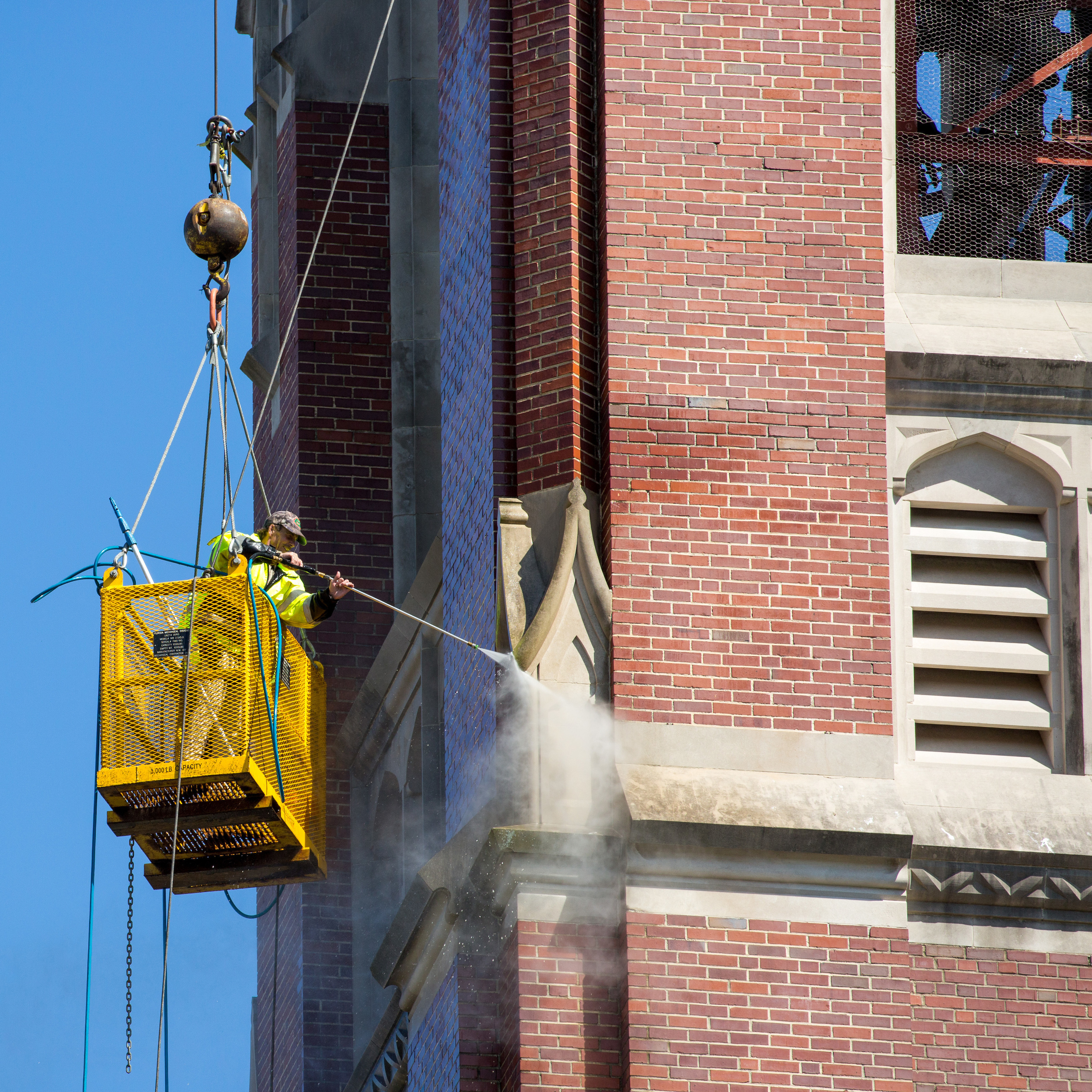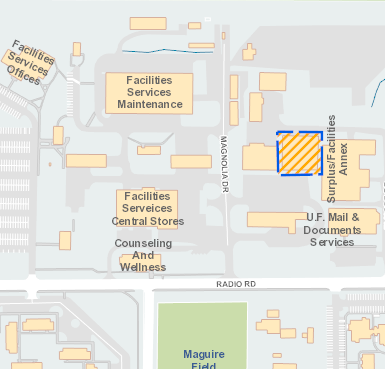Pick Up After Pets
 When pet waste is not disposed of properly, it can be picked up by stormwater runoff and washed into storm drains or nearby waterbodies. DNA studies of waterway bacteria have linked dog and cat waste with significant water pollution.
When pet waste is not disposed of properly, it can be picked up by stormwater runoff and washed into storm drains or nearby waterbodies. DNA studies of waterway bacteria have linked dog and cat waste with significant water pollution.
Pick Up After Your Dog

Take along a plastic bag or pooper scooper when you walk your dog. Your choices once you have picked up the waste include:
- Flush it down the toilet so the septic system or sewage treatment plant will treat it in the same manner as human waste.
- Put it in the trash. This is less effective, as waste that ends up in a landfill may still cause pollution problems.
- Bury it in your yard. The microorganisms in the soil will break down the waste and release the nutrients to nearby plants. Make sure the hole is at least five inches deep and located away from vegetable gardens, children’s play areas, or any lake, stream, wetland, well or ditch. CAUTION: Don’t bury waste in your compost pile. The pile does not get hot enough to kill the pathogens and using the compost could cause illness.
Dispose of Kitty Litter Properly

When cleaning out the litter box, a two-step approach is most effective. Cat waste may be scooped out and flushed down the toilet, and the used litter should be bagged, sealed and placed in the trash. Dumping the entire contents of the litter box down your toilet will cause plumbing problems and prematurely fill up your septic tank or sewer system with indigestible material, but sending untreated cat waste to the landfill can cause pollution problems.
Modified From
Connecticut Sea Grant. “Animal Waste and Water Quality.” (80KB pdf) Heather Crawford.





